Amnesty calls for more Swiss solidarity for migrants
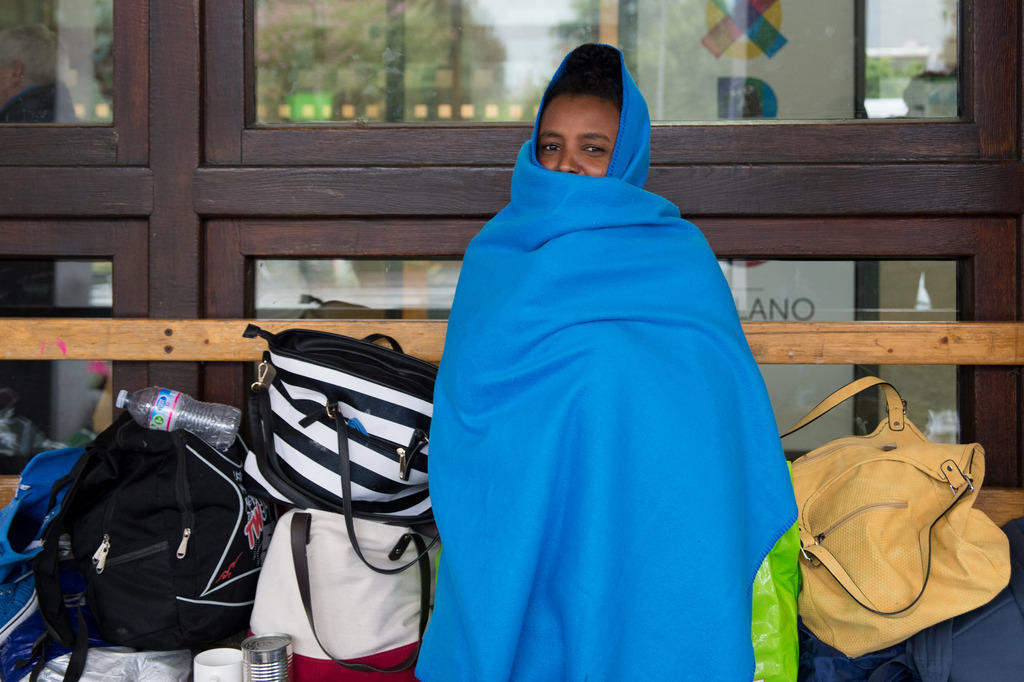
The European Union’s pressure on Italy to “get tough” on refugees and migrants has led to unlawful expulsions and ill-treatment which in some cases may amount to torture, says a new report from Amnesty International.
Switzerland bore a particular responsibility, according to the human rights organisation, given that, although it is not one of the main destinations for asylum seekers, it is the country that transfers the most migrants to another EU state.
This practice is part of the Dublin accords, adopted by non-EU Switzerland in 2008. According to this, an asylum application can be made only once – as a rule, in the first country in which the migrant is registered. In most cases, this is Italy or Greece.
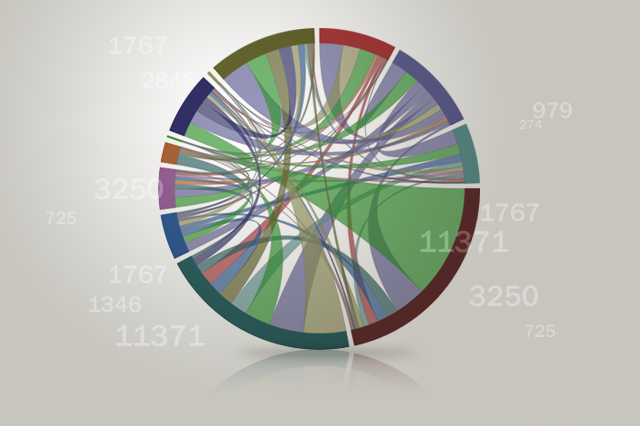
More
Switzerland’s defence of the Dublin accords is not a coincidence
Almost half of all repatriations to Italy come from Switzerland. Of the 2,436 people who were transferred to Italy, 1,196 came from Switzerland.
Amnesty called on Switzerland to show more solidarity, pointing out that as part of the EU relocation programmeExternal link Switzerland had accepted only 112 asylum seekers from Italy.
‘Hotspots’
Amnesty’s reportExternal link, published on Thursday, included allegations of beatings, electric shocks and sexual humiliation in a small handful of cases involving migrants who resisted having their fingerprints taken.
Italy has become the main arrival point in Europe for people fleeing persecution and poverty in Africa, most of them crossing the Mediterranean from Libya in search of a better life.
Unnerved by migrants surging through Italy into northern Europe, the EU called in September 2015 for Italy and fellow frontier state Greece to set up “hotspots” to identify and fingerprint the migrants.
European law says migrants must stay in the country where they first enter the bloc, and that is determined by where they give their fingerprints. Until last year, most migrants refused to be identified and headed straight for the richer north.
“In their determination to reduce the onward movement of refugees and migrants to other member states, EU leaders have driven the Italian authorities to the limits, and beyond, of what is legal,” Amnesty researcher Matteo de Bellis said in a statement.
Over the past three years more than 470,000 migrants, mainly from sub-Saharan Africa, have reached Italy by boat. Thousands have also died making the dangerous crossing, including at least 3,750 this year alone.

In compliance with the JTI standards
More: SWI swissinfo.ch certified by the Journalism Trust Initiative
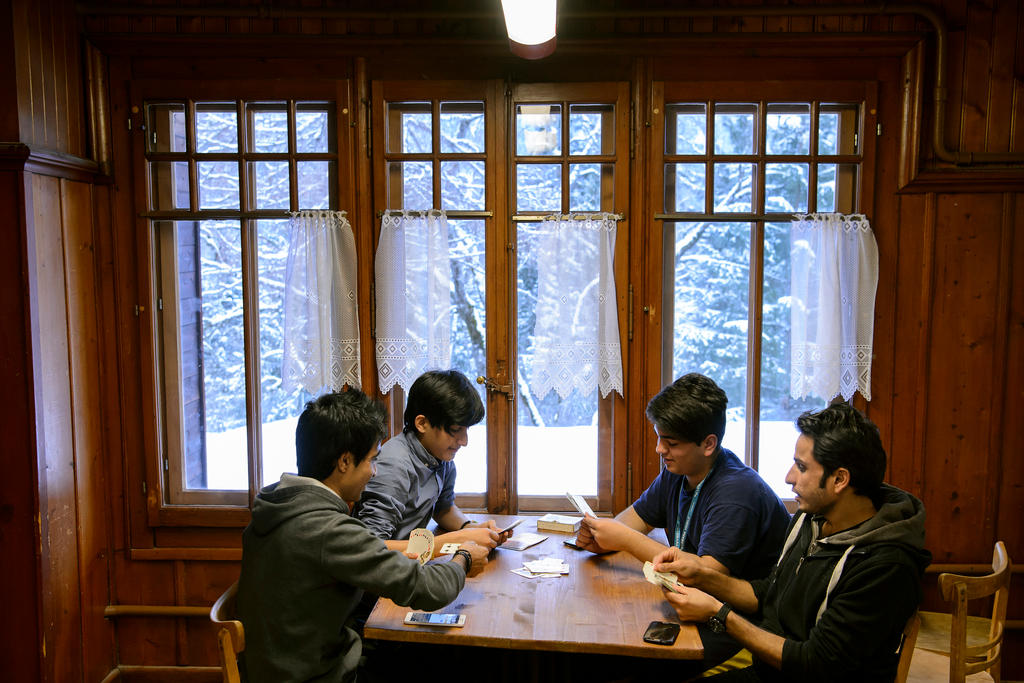
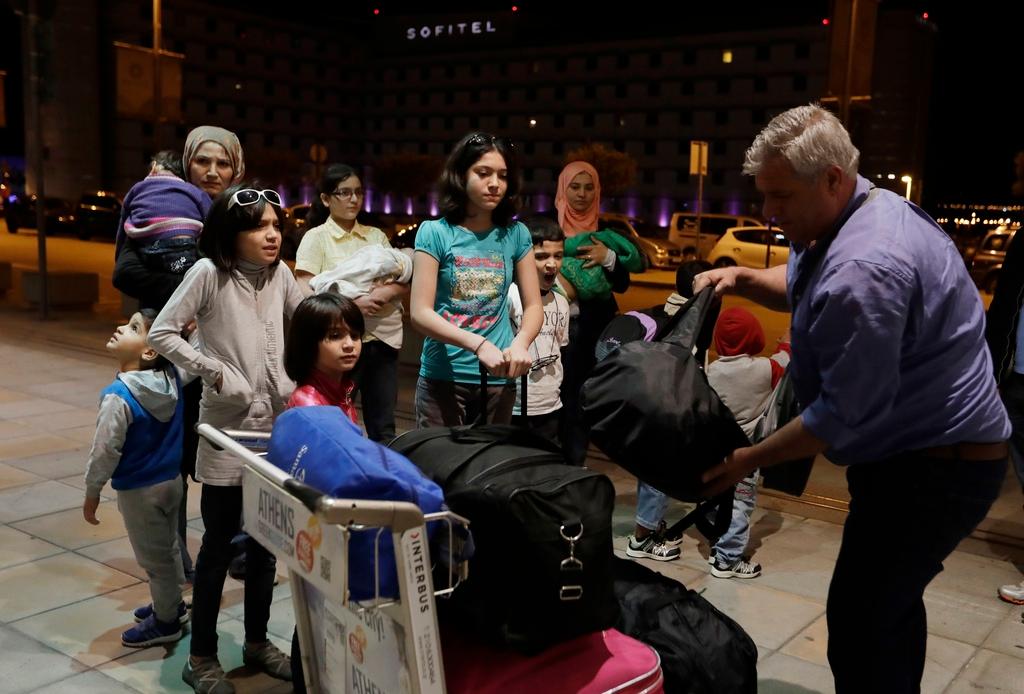
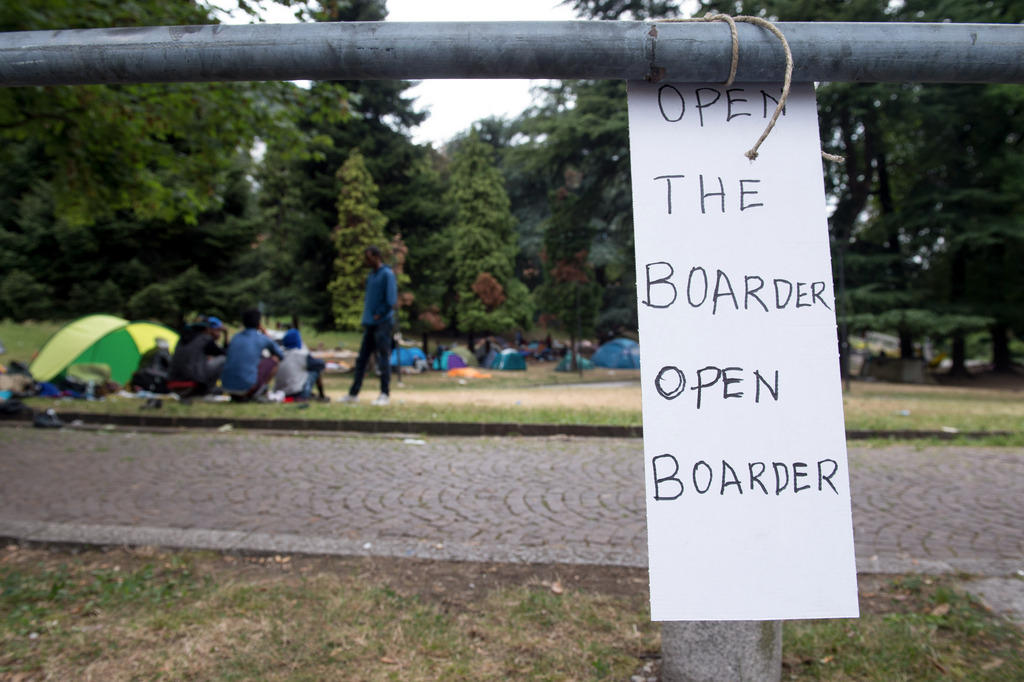
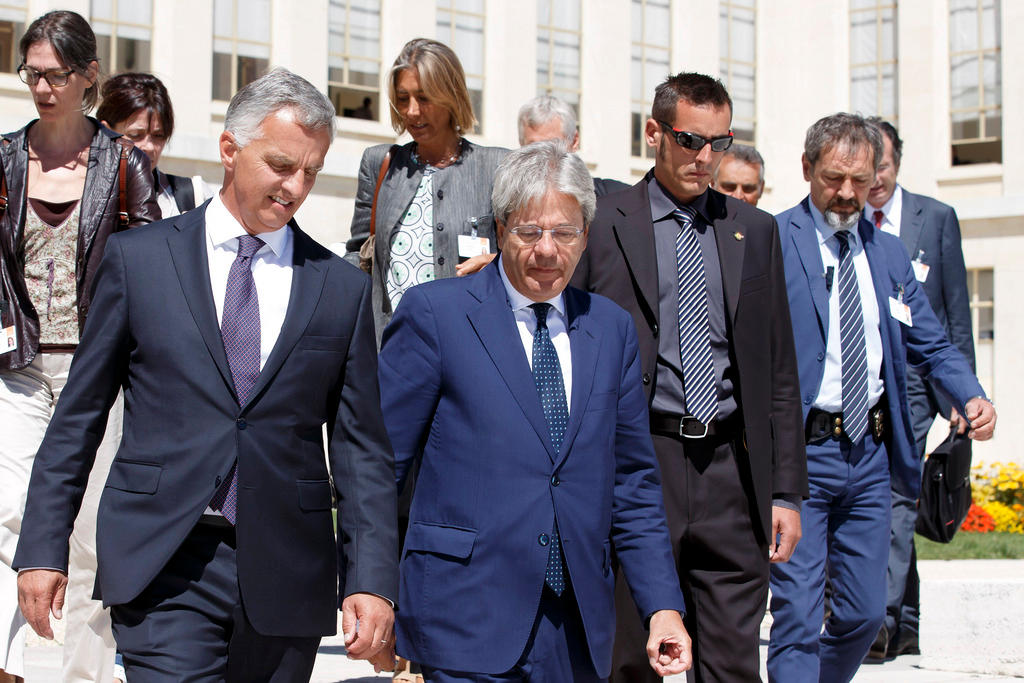
You can find an overview of ongoing debates with our journalists here. Please join us!
If you want to start a conversation about a topic raised in this article or want to report factual errors, email us at english@swissinfo.ch.